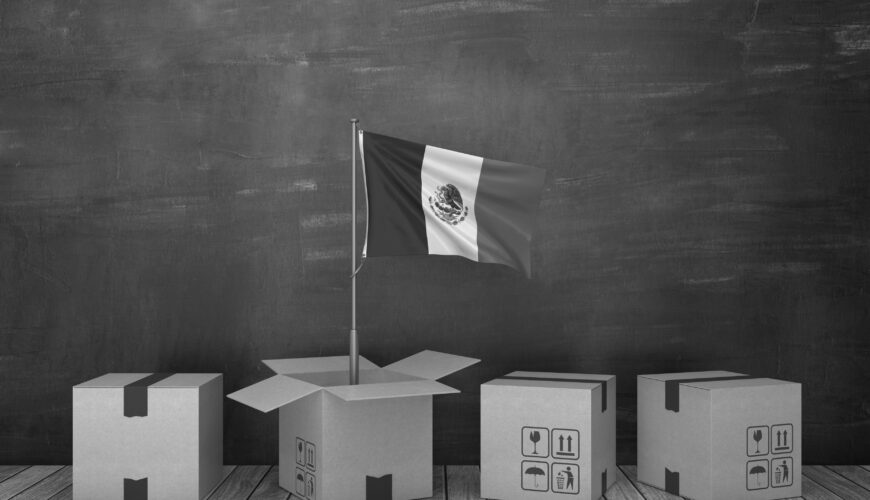Mexico is now the top near-shoring destination for U.S. Corporations. Four years after the pandemic began, the trend to onshore or near-shoring continues, all in response to the realization that U.S. companies were too dependent on Asia for imports. Organizations are still figuring out exactly what is the optimal way to shrink the length of their supply chains and where to locate the majority of their raw materials sourcing and manufacturing operations. For a growing number of companies, Mexico is becoming an optimal near-shoring choice.
Near-Shoring in Mexico: The Advantages
There are many advantages to working with Mexican companies as a supply chain partner; chief among them is proximity. Compare the time it takes to receive goods from China to the lead time from Mexico. The former runs anywhere from 20 days to six weeks, a time frame that many companies found a major disruptor during the pandemic’s flurry of e-commerce spending. From Mexico, however, goods can travel all the way from Monterrey to Detroit in just four days.
Another bonus to near-shoring with Mexican companies is the already friendly free trade agreements in place. The Mexico, United States, and Canada agreement has strengthened relations between the partners, better integrating everyone involved. This has boosted manufacturing in several industries serving the United States, with the automotive manufacturing chief among them. Automakers who have increased their investment in Mexico include BMW, Tesla, and many automotive suppliers. Much of this dollar spent in Mexico is dedicated to electric vehicle production. Such automaker investment leads to a host of aftermarket makers following suit.
In addition to automaker investment, demand for household appliances, electrical equipment, medical supplies, and beverages made south of the border is on the rise, too. Chemical manufacturing, computer and electronics, and transportation equipment makers have also gotten in on the action of late.
While the United States maintains free trade agreements with more than a dozen countries, Mexico has trade deals with 50 different countries. That means our neighbor to the south is a major hub for intermediary goods production.
Mexico also brings to the table its existing infrastructure, technology offerings, and skilled workforce. This makes transitioning from Asia to Mexico an easy sell and requires less training and investment from all parties to accomplish. Mexico’s industrial maturity has led to a boost in investment from American companies.
Because the supply chain extends well beyond manufacturing, U.S. companies have also put money into logistics and transportation throughout Mexico. Take a look at the U.S./Mexican border, for instance, where new services and shipping routes connecting the two countries are popping up. This extends beyond land transportation and into ocean carriers, too. Some companies have opened or extended service routes from Latin America to Florida, for instance. Air cargo services are filling in a piece of the puzzle, too, helping to deliver supplier components to new factories and logistics service hubs south of the border while companies adjust operations from Asia to Mexico.
In reality, the trend of near-shoring and onshoring is just getting started. Look for Mexico to become a bigger player in many supply chain operations going forward. Follow us for more News, Article and Though Leadership from OPSdesign Consulting.


